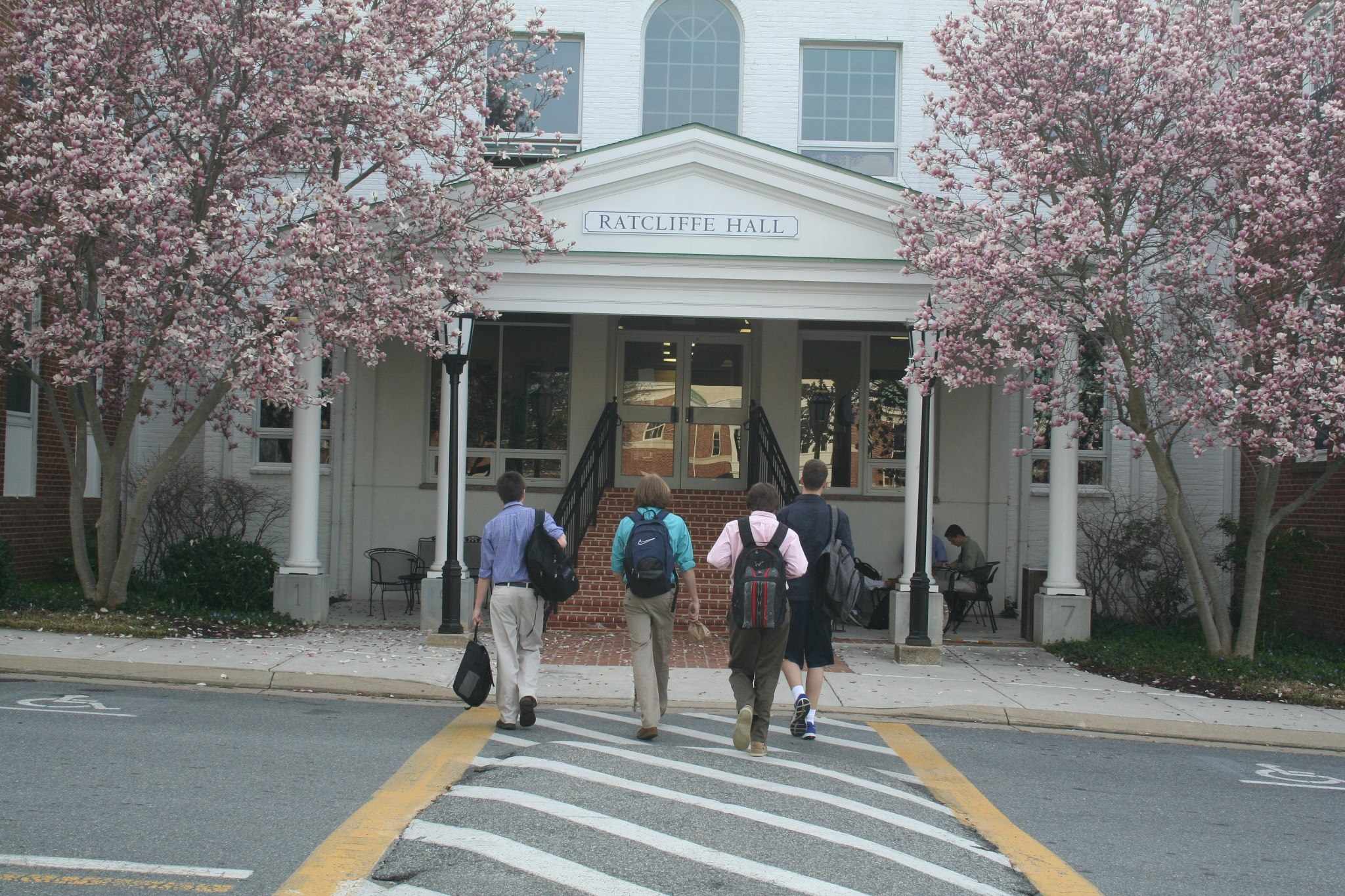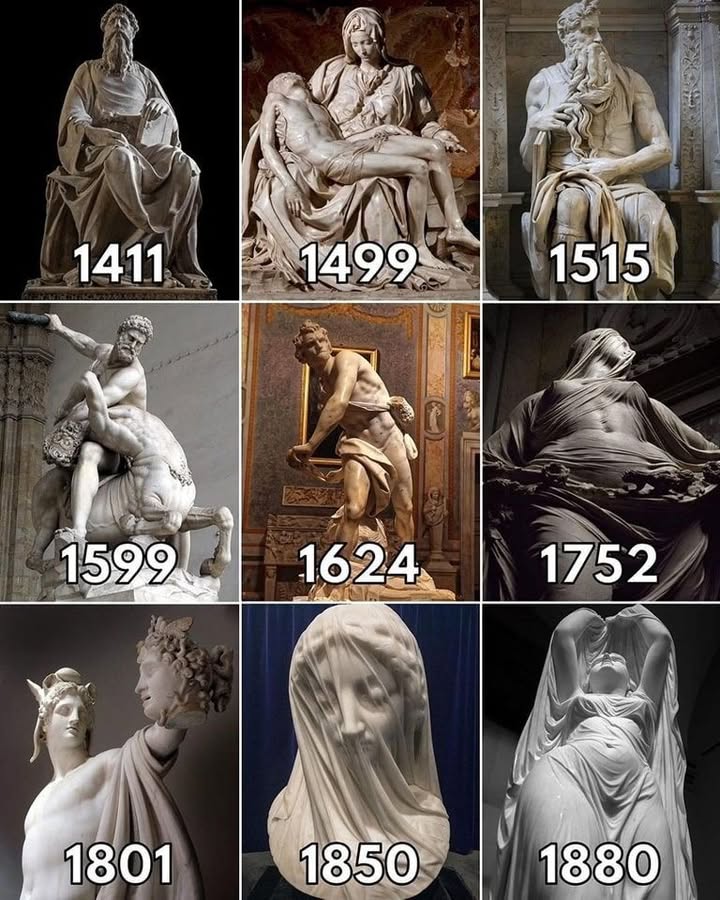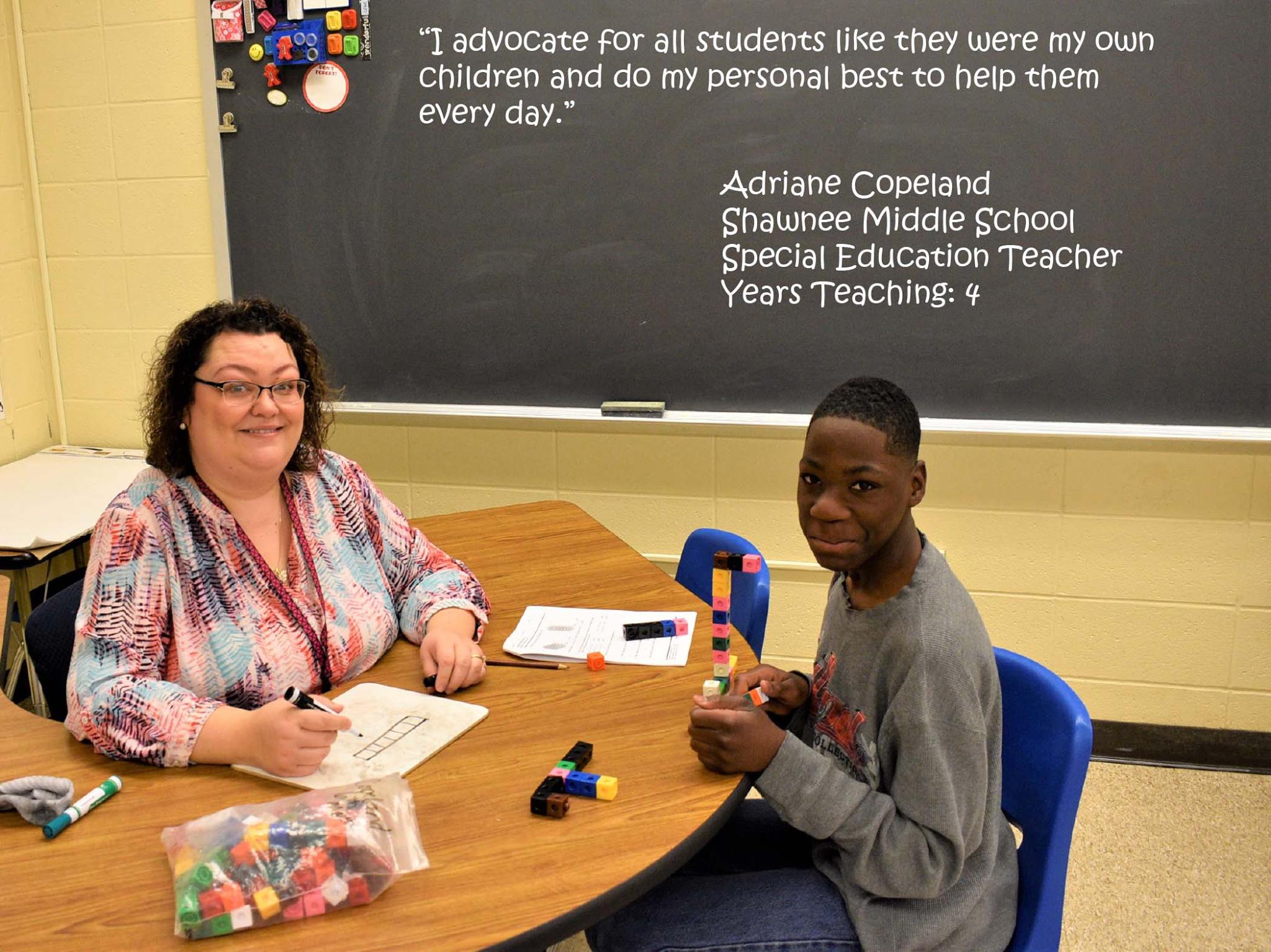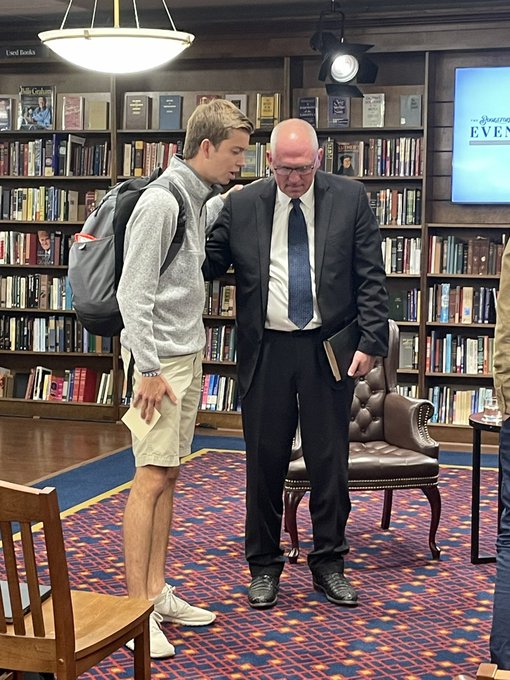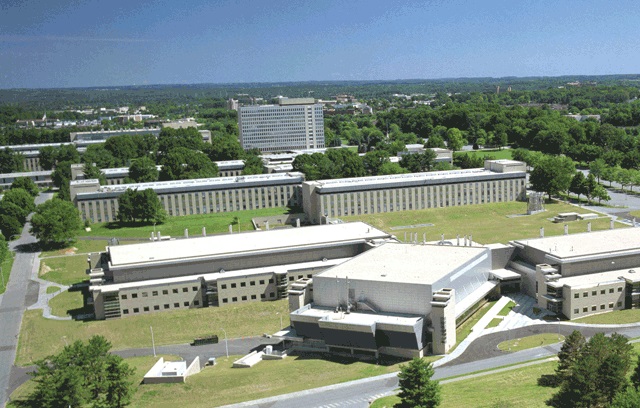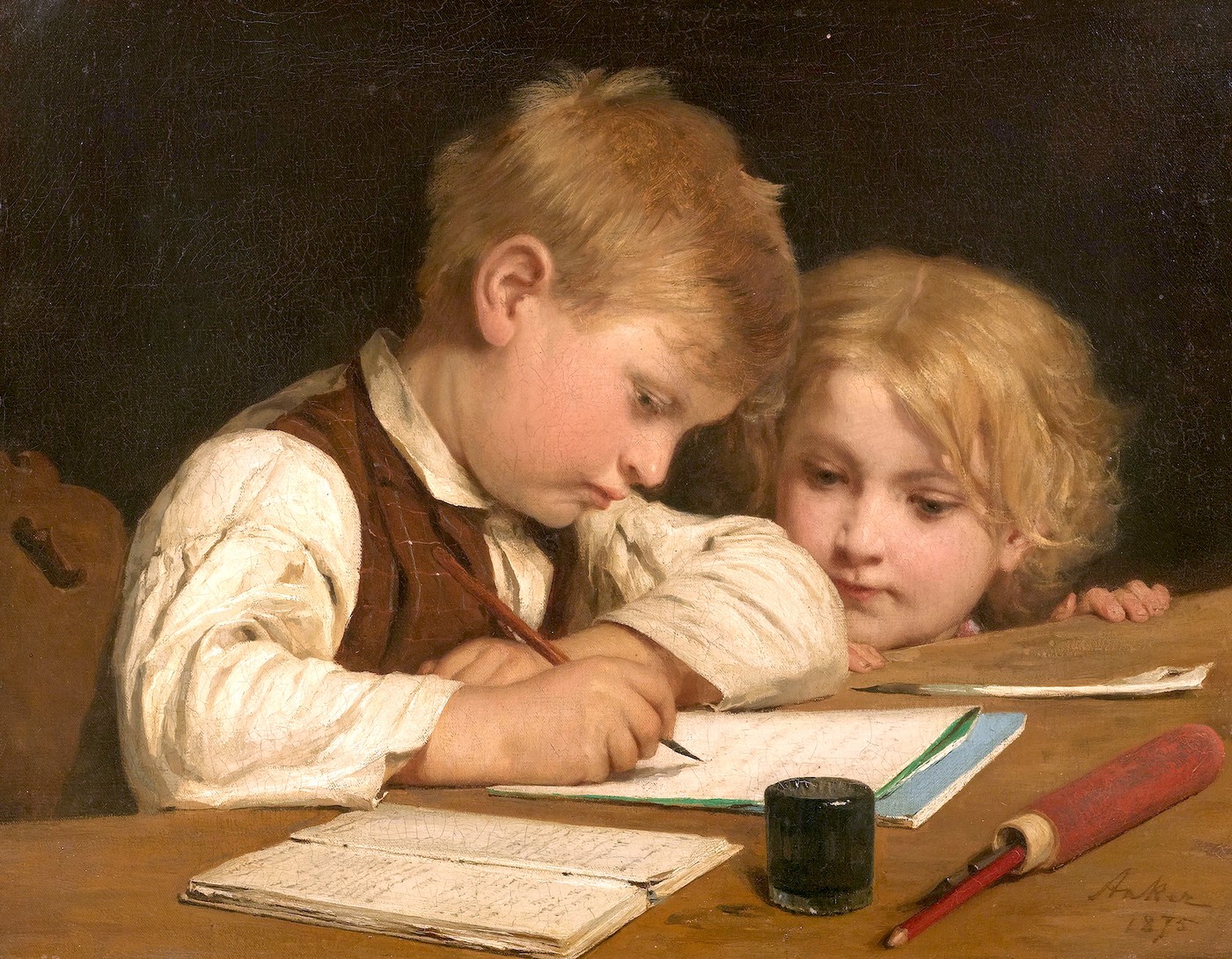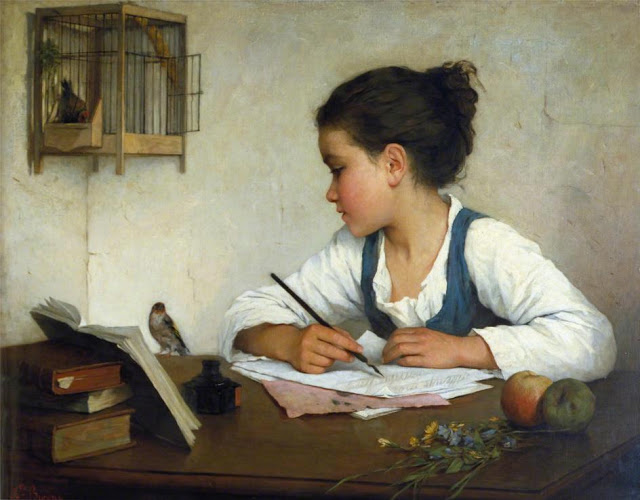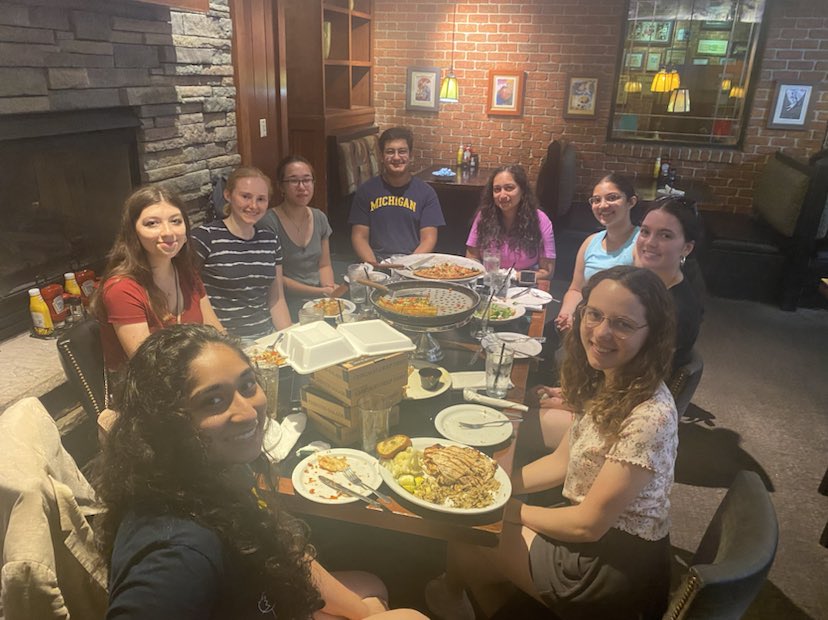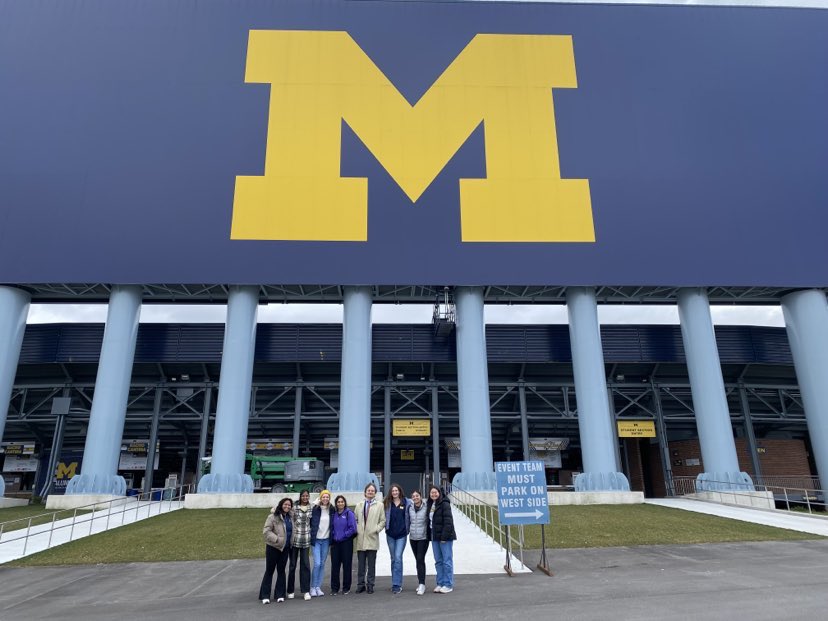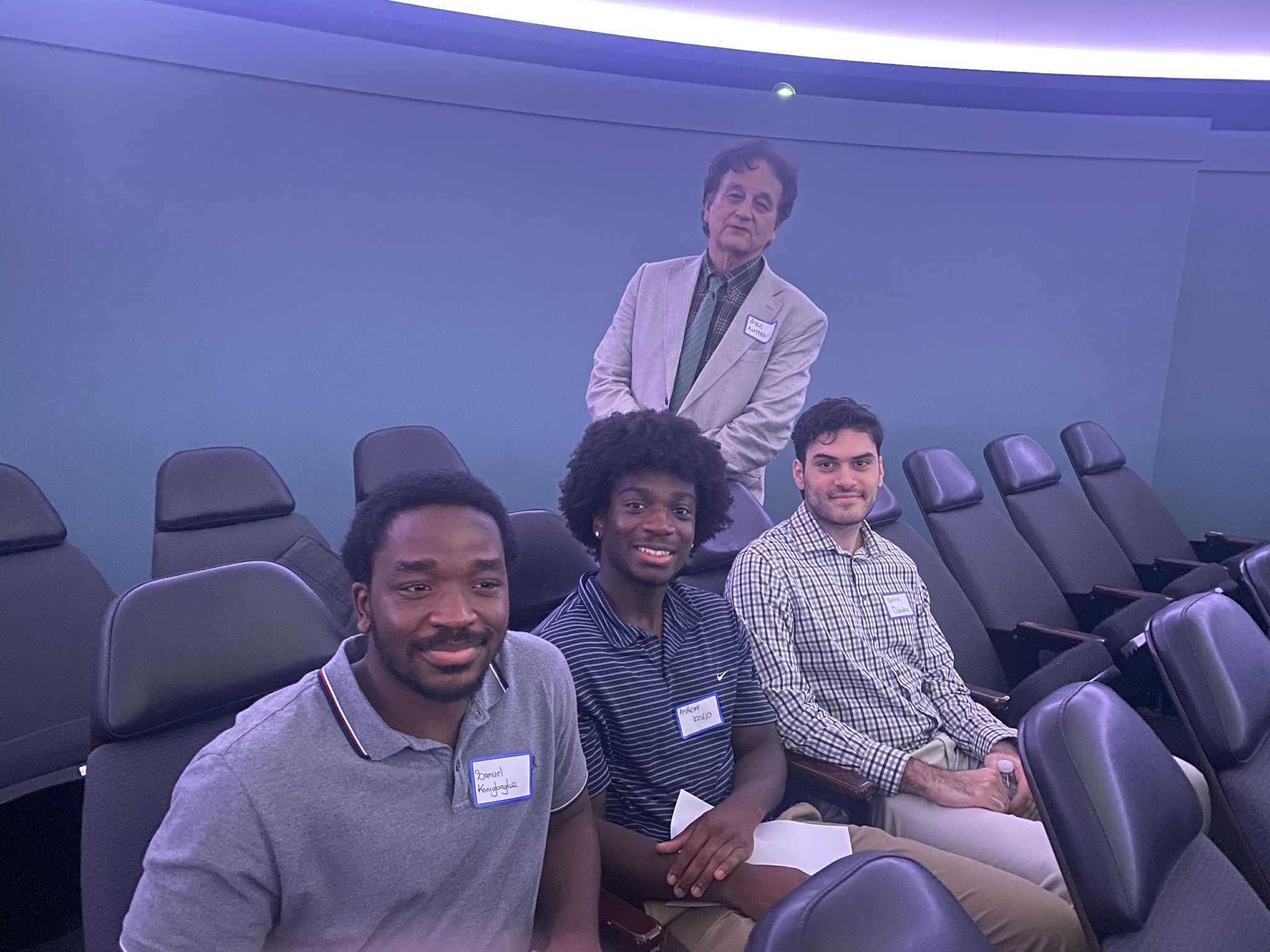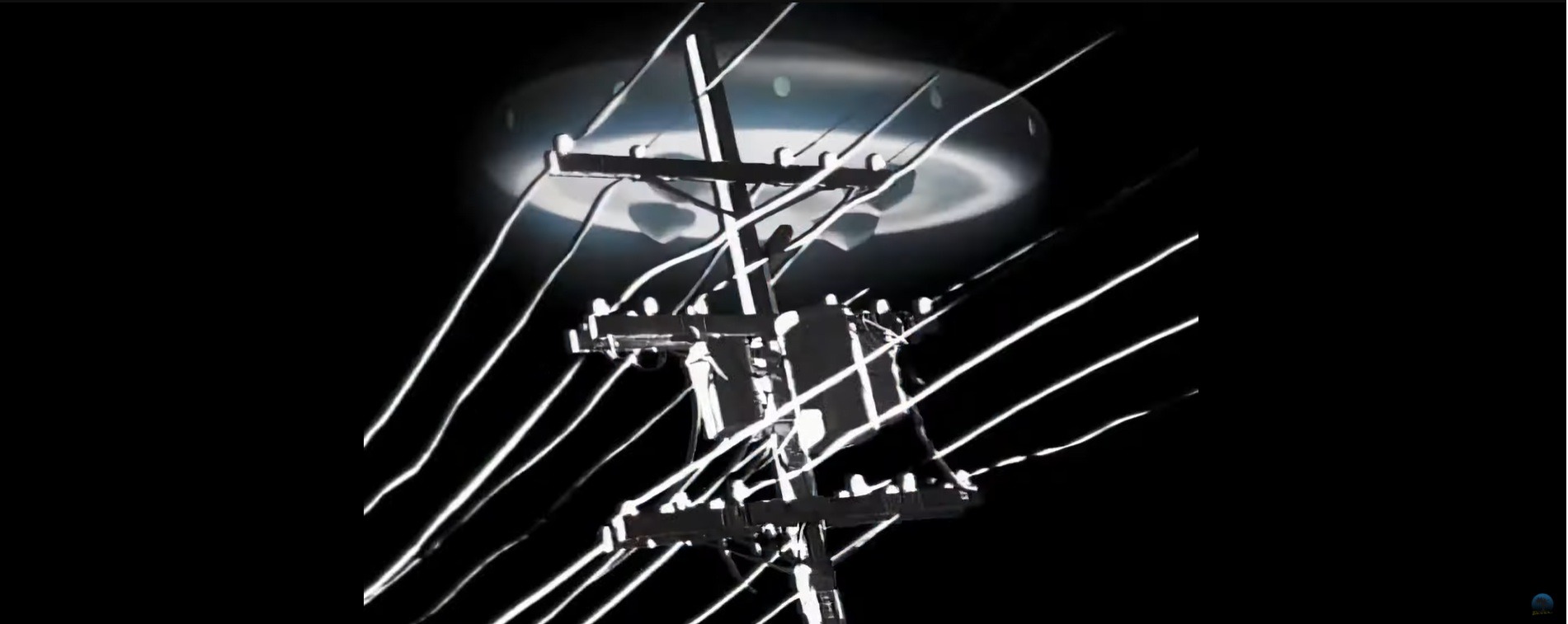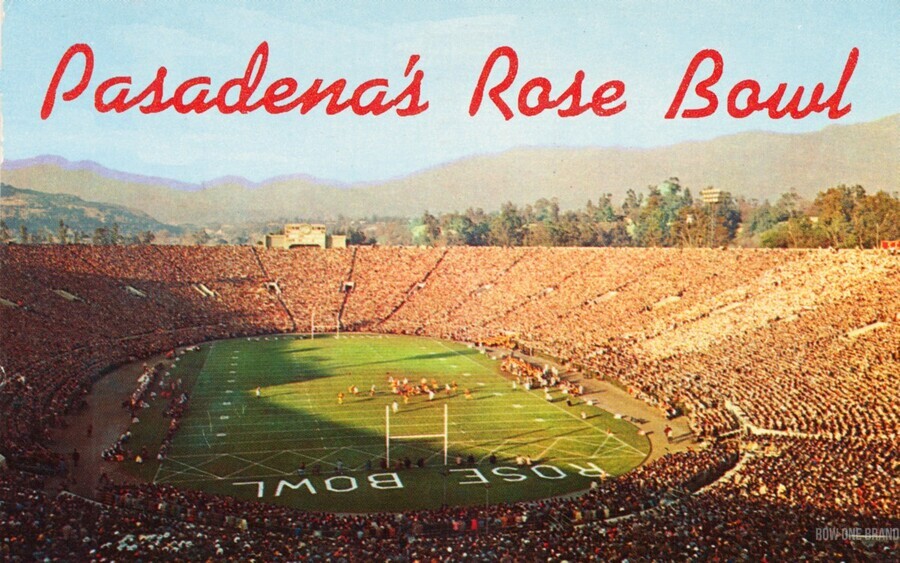Evensong “Simple Gifts”

Stuffed Cabbage
From the Badger Insider: Eat Like a Freshman
Ingredients
1 pound ground beef
¼ pound ground pork
1 onion, chopped
¼ cup rice, parboiled
½ can tomato sauce
Parsley
Salt
Pepper
Procedure
Mix all ingredients together. Cut the core from a head of cabbage. Cook cabbage until just heated through and leaves are pliable. Peel off leaves. Put a handful of filling in each leaf and roll up the leaf. Place cabbage rolls in a baking dish.
Mix the remaining half can of tomato sauce with an equal amount of water. Pour this over the cabbage rolls. Cook in a moderate oven about one and a half hours. Serve the gravy on this dish on mashed potatoes.
Banished Words 2025 (And words that refuse to be banished)
“He who does not know foreign languages knows nothing of his own.”
– Johann Wolfgang von Goethe
In 26, it’s time for “6-7” to be 86’ed
Superior State University Announces Annual Banished Words List https://t.co/LFJkc4qKCQ
— Shane Ross (@RossDynamicsLab) January 1, 2026
The moment we’ve all been waiting for is here! 🎉
Lake Superior State University just dropped their 2024 Banished Words List! 🚫🗣️
Check out the list by clicking the link below and be sure to nominate your banished words for 2025. 🗳️
https://t.co/CFLTpFk9p5 pic.twitter.com/4q1HDvNGsF
— LSSU (@LifeatLSSU) December 31, 2023
We must spread our accent further pic.twitter.com/qEc3Cqd2cH
— Midwest vs. Everybody (@midwestern_ope) April 3, 2025
What is Happening to the Family, and Why?
“The family is nature’s masterpiece”
— George Santayana
16yrs married to this RockStar today! Something like 25+ years together… 3 awesome wild kids and whole whack of crazy experiences together! I’ve Bullshitted my way to a lot of successes but Sarah’s been the best yet!… pic.twitter.com/BLBHTtwjSC
— Mark McLean (@MdMcLean1) August 30, 2024
Educated at Yale College, Somerville College, the University of Pennsylvania, Harvard Medical School and Columbia Law School, Amy Wax speaks to the Buckley Institute, founded by William F. Buckley (Yale 1950). Links to National Centers at Bowling Green State University, the University of Virginia and the University of Nebraska.
Inside Higher Ed (September 24, 2024): Amy Wax Update
![]()
You Might Start by Reducing the Size of Government
Having six kids https://t.co/NcU7FbCt9B pic.twitter.com/9TAPA5Ixz1
— Jeremy Wayne Tate (@JeremyTate41) December 31, 2023
Highlight of my day: a student brought his entire family to my office. Such a heartwarming surprise! pic.twitter.com/0mg3Wl5uCe
— Zhongbo Kang (@ZhongboK) June 10, 2024
In popular culture:
Reject hook up culture.
Get married.
Stay married.
Have kids.
Love your family.
Be loyal.
Give back.
Go to Church.
Find God.
Care about the things that matter. pic.twitter.com/z4UEUna3ws
— Anna Lulis (@annamlulis) August 2, 2024
People grow up in a web of relationships that is already in place, supporting them as they grow. From the inside out, it includes parents, extended family and clan, neighborhood groups and civic associations, church, local and provincial governments and finally national government.
The most important decision and life’s biggest hack is picking the right partner. pic.twitter.com/MeLu5it3rn
— The Figen (@TheFigen_) March 31, 2025
Quadrivium: Winter
University of Washington: Can’t sleep? The moon may be to blame
ANSI Standards Action December 26, 2025
@usedgov: A Teacher Defines Classical Education
Michigan Dept. of Lifelong Education, Advancement, and Potential
Inside the tiny Highland school with just two pupils | BBC Scotland News
Intercollegiate Studies Institute: Immigration and the State of Cheating in Universities
Trending | Engagements, Weddings & Births | Sport News | Carillons
Winter Week 1 | December 29 – January 4 (Home for the Holidays)
100 years ago, the Supreme Court made it clear in Pierce v. Society of Sisters: raising children is the responsibility of parents, not the government.
100 years later, the Trump Administration remains committed to protecting parental rights. pic.twitter.com/yduXdLShty
— Secretary Linda McMahon (@EDSecMcMahon) June 1, 2025
“…O chestnut tree;, great rooted blossomer,
Are you the leaf, the blossom or the bold?
O body swayed to music, O brightening glance,
How can we know the dancer from the dance?”
— Among Schoolchildren, 1933 William Butler Yeats
We sweep through the world’s three major time zones; updating our understanding of the literature at the technical foundation of education community safety and sustainability in those time zones 24 times per day. We generally eschew “over-coding” web pages to sustain speed, revision cadence and richness of content as peak priority. We do not provide a search facility because of copyrights of publishers and time sensitivity of almost everything we do.
Readings:
“The Advancement of Learning” Francis Bacon (1605)
“The Allegory of the Cave” 380 BCE | Plato’s Republic, Book VII
Thucydides: Pericles’ Funeral Oration
IEEE Access: Advanced Deep Learning Models for 6G: Overview, Opportunities, and Challenges | Xidian University
“Albion: The Origins of the English Imagination” (2002) Peter Ackroyd
“Bitcoin: A Peer-to-Peer Electronic Cash System” Satoshi Nakamoto
“Extraordinary Popular Delusions and the Madness of Crowds” (1841) | Charles Mackay
Cognitive Science: An Introduction to the Study of Mind
“Kant’s Categorical Imperative” | Hillsdale College Introduction to Western Philosophy
“The Natural History of Stupidity” (1959) Paul Tabori
“The College Idea: Andrew Delbanco” Lapham’s Quarterly
Distributed Representations of Words and Phrases and their Compositionality | Google, Inc. et, al
Our daily colloquia are typically doing sessions; with non-USA titles receiving priority until 16:00 UTC and all other titles thereafter. We assume policy objectives are established (Safer-Simpler-Lower-Cost, Longer-Lasting). Because we necessarily get into the weeds, and because much of the content is time-sensitive and copyright protected, we usually schedule a separate time slot to hammer on technical specifics so that our response to consultations are meaningful and contribute to the goals of the standards developing organization and to the goals of stewards of education community real assets — typically the largest real asset owned by any US state and about 50 percent of its annual budget.
![]()
1. Leviathan. We track noteworthy legislative proposals in the United States 118th Congress. Not many deal specifically with education community real assets since the relevant legislation is already under administrative control of various Executive Branch Departments such as the Department of Education.
We do not advocate in legislative activity at any level. We respond to public consultations but there it ends.
We track federal legislative action because it provides a stroboscopic view of the moment — the “national conversation”– in communities that are simultaneously a business and a culture. Even though more than 90 percent of such proposals are at the mercy of the party leadership the process does enlighten the strengths and weakness of a governance system run entirely through the counties on the periphery of Washington D.C. It is impossible to solve technical problems in facilities without sensitivity to the zietgeist that has accelerated in education communities everywhere.
Michigan can 100% water and feed itself. Agriculture is its second-largest industry.
2. National Institute of Standards and Technology (NIST)
3. American National Standards Institute (ANSI)
4. Fast Forward
5. Rewind
6. Corrigenda
“The world will never starve for want of wonders;
but only for want of wonder.”
International Student Cap
The province of Ontario is effectively cutting back on the number of new international students through reduced allocations of study permits and provincial attestation letters (PALs).This stems primarily from federal government caps on international study permits, which Ontario implements by distributing fewer spots to colleges and universities. The reductions have been ongoing since 2024 and continue into 2026.
For further reading:
Ontario cuts international student permits for 2026, focuses on in-demand careers
Canada International Student Cap for 2026 Set at 408,000 with New Graduate-Level Exemptions
Ontario universities struggle with revenue losses amid international student cap
Standards Curricula Program
NIST Standards Coordination Office Curricula Development Cooperative Agreement Program.
How to Apply | Awardees 2012-2025 | News Items
NIST continues its Standards Curriculum program through the Standards Coordination Office Curricula Development Cooperative Agreement Program (SCO CD CAP), formerly known as the Standards Services Curricula Development Cooperative Agreement Program. This ongoing initiative, started in 2012 (initially as Education Challenge Grants), funds U.S. colleges and universities to develop and integrate undergraduate and/or graduate-level curricula on documentary standards, standards development, and standardization into courses, modules, seminars, and learning resources. The University of Michigan is a past recipient of a standards education award through this program.
The most recent funding round was for Fiscal Year 2025 (FY25):
- The Notice of Federal Funding Opportunity (NOFO) was released on January 14, 2025.
- Applications were due by April 14, 2025.
- NIST anticipated awarding up to 8 grants, each up to $100,000, with project periods of up to 3 years (potentially extending into 2027–2028).
Projects funded under FY25 involve curriculum development and implementation that may continue into 2026 and beyond, including required workshops.
As of early 2026, no new Notice of Federal Funding Opportunity (NOFO) has been announced for FY2026. The program has historically issued funding rounds annually or near-annually, with recent awards in prior years (e.g., 2024 awards totaling over $1.1 million to 8 universities). However, due to proposed budget reductions for NIST in FY2026, future rounds may be impacted or delayed.
2024 Update: NIST Awards Funding to 8 Universities to Advance Standards Education
The Standards Coordination Office of the National Institute of Standards and Technology conducts standards-related programs, and provides knowledge and services that strengthen the U.S. economy and improve the quality of life. Its goal is to equip U.S. industry with the standards-related tools and information necessary to effectively compete in the global marketplace.
Every year it awards grants to colleges and universities through its Standards Services Curricula Cooperative Agreement Program to provide financial assistance to support curriculum development for the undergraduate and/or graduate level. These cooperative agreements support the integration of standards and standardization information and content into seminars, courses, and learning resources. The recipients will work with NIST to strengthen education and learning about standards and standardization.
The 2019 grant cycle will require application submissions before April 30, 2019 (contingent upon normal operation of the Department of Commerce). Specifics about the deadline will be posted on the NIST and ANSI websites. We will pass on those specifics as soon as they are known.
The winners of the 2018 grant cycle are Bowling Green State University, Michigan State University, Oklahoma State University, and Texas A&M University. (Click here)
The University of Michigan received an award during last year’s grant cycle (2017). An overview of the curriculum — human factors in automotive standards — is linked below:
NIST Standards Curricula INTRO Presentation _ University of Michigan Paul Green
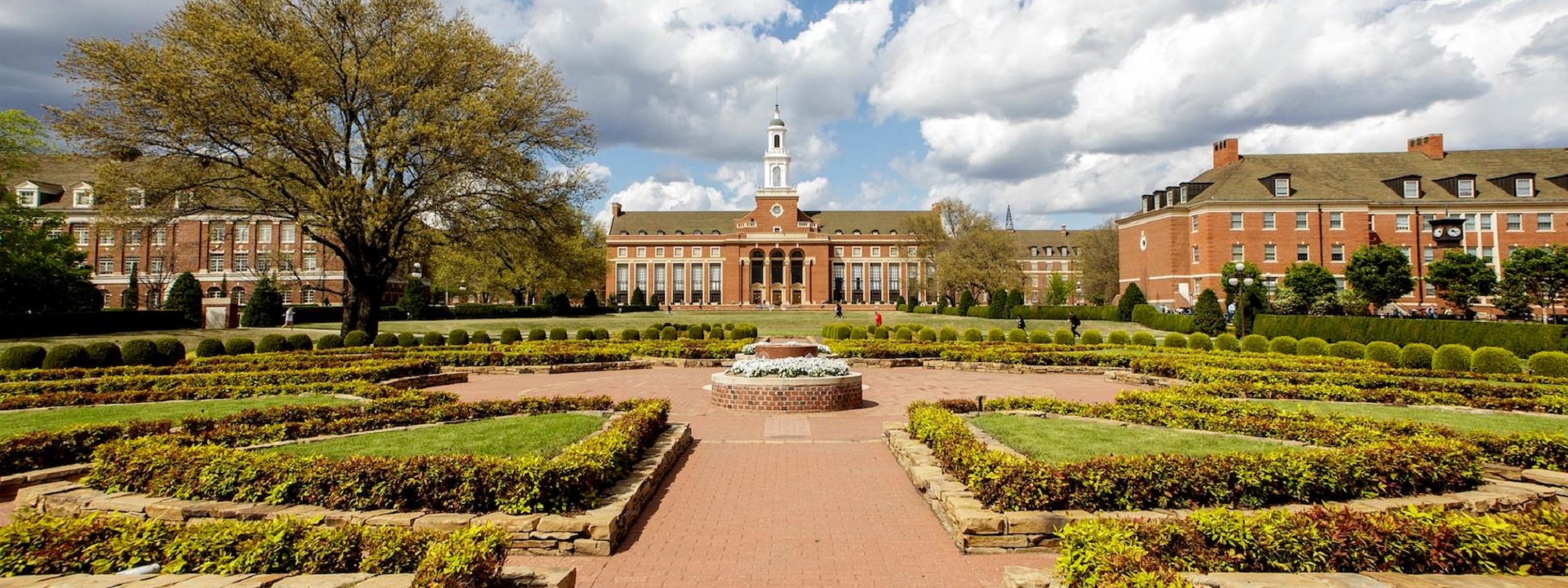
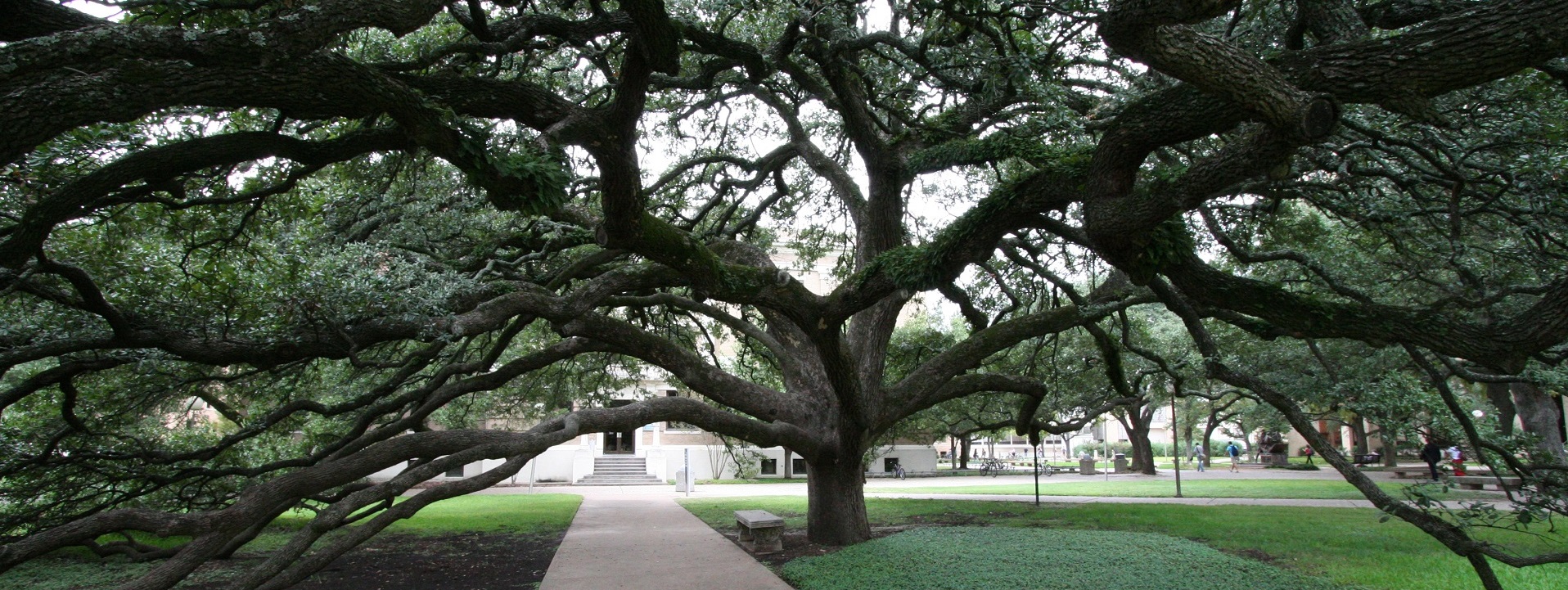
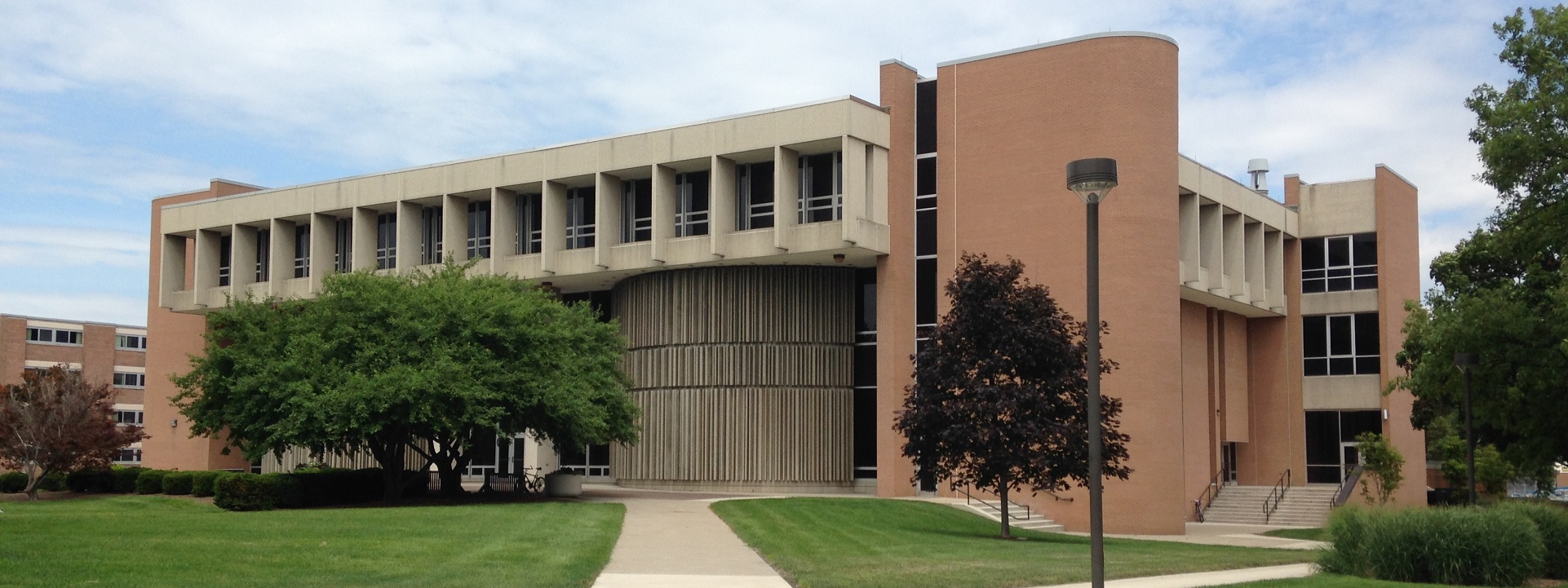
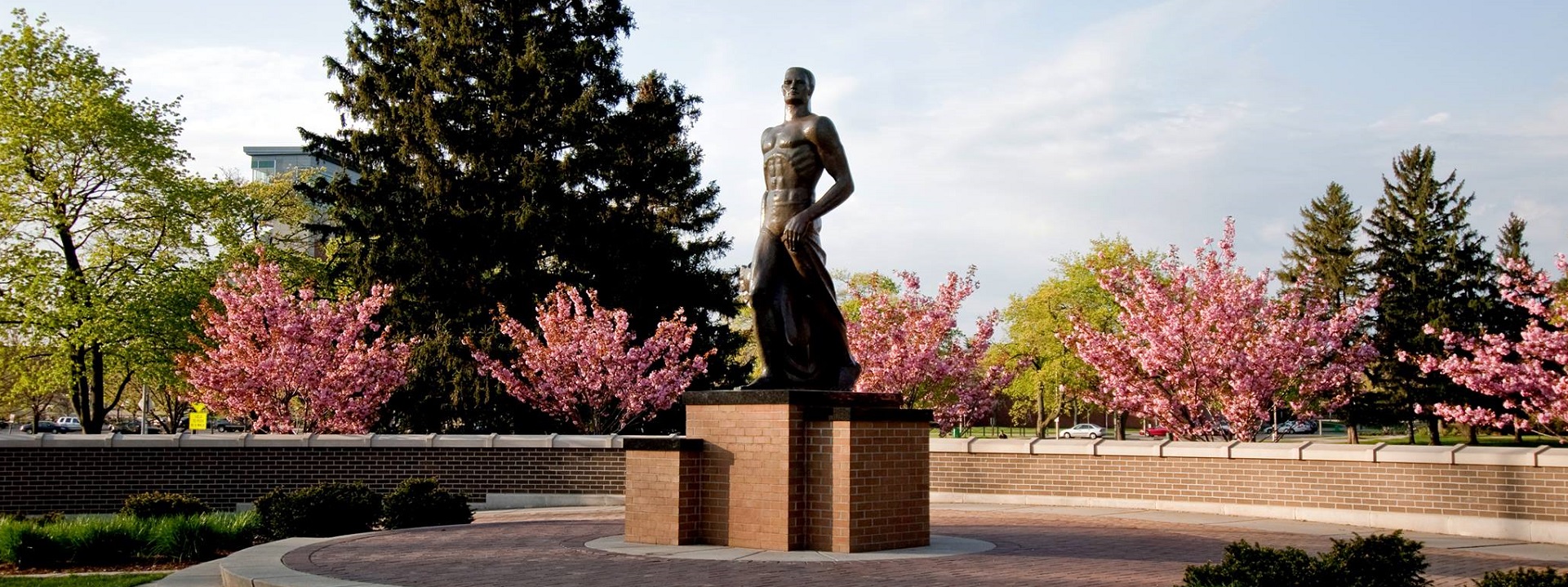
Information about applying for the next grant cycle is available at this link (Click here) and also by communicating with Ms. Mary Jo DiBernardo (301-975-5503; maryjo.dibernardo@nist.gov)
LEARN MORE:
Click here for link to the previous year announcement.
2025-2026 Student Paper Competition
ANSI Rebrands Flagship Conference: ANSI Innovation Summit Replaces World Standards Week
ANSI’s 2025/2026 Student Paper Competition challenges high school & college students to investigate the invisible standards that keep our world running—from smartphone compatibility to food safety.
🔹Theme: “Imagine a World Without Standards or Rules—What Would Happen?”… pic.twitter.com/9WDaevWvQ8
— ANSI (@ansidotorg) September 17, 2025
ANSI Student Paper Competition paused for 2025
No award for the 2024 cycle (per COE Chairperson)
The Society for Standardization Professionals Paper Competition 2025
Updated January 7, 2024
For nearly twenty years now, the American National Standards Institute Committee on Education administers a student paper competition intended to encourage understanding of the global standards system that also provides a solid prize — in the $1000 to $5000 range. The topic of the 2024 Student Paper Competition will be What Role Do or Could Standards Play in Safe and Effective Implementation of Artificial Intelligence Applications/Systems?
Student Paper Competition Flyer 2024 – Entries due 7 June 2024
For the past six years Standards Michigan has hosted Saturday morning workshops to help students (and faculty) interested in entering the contest. We will soon post those dates on our CALENDER. We typically host them — three sessions ahead of the deadline — on Saturday mornings.
We provide links to previous paper winners and refer you to Lisa Rajchel: lrajchel@ansi.org for all other details.
Related:
“Normal” Things Americans Do That The Rest Of The World Will Never Understand
ANSI Accredited Standards Developers | Contact Information
ANSI 2019 Student Paper Winner: Cybersecurity & Ukraine Power Grid Attack
2019 Student Paper Winner / Standards in Crisis Prevention & Response:
2016 Student Paper Winner | Life, Liberty and Pursuit of Happiness
Current Issues & Recent Research
“The day science begins to study non-physical phenomena,
it will make more progress in one decade
than in all the previous centuries of existence.”
|
|
IEEE SEM Student Activity 2025
IEEE Education & Healthcare Facilities Committee December 23 Minutes
Electrical Power System Research
NFPA Electrical Standards Landing Page Ω NFPA Standards Council Ω NFPA Fire Safety Landing Page
ASHRAE Landing Page | ASTM Electrical & Electronics
Draft IEEE Paper Abstracts | Mike Anthony Short Biography | Electrotechnology OEMS
We examine the proposals for the 2028 National Electrical Safety Code; including our own. The 2026 National Electrical Code where sit on CMP-15 overseeing health care facility electrical issues should be released any day now. We have one proposal on the agenda of the International Code Council’s Group B Committee Action Hearings in Cleveland in October. Balloting on the next IEEE Gold Book on reliability should begin.
Policy:
OUTERNET: Crossing over data gap using cubesats
Department of Energy Portfolio Analysis & Management System
Department of Energy Building Technologies Office
FERC Open Meetings | (Note that these ~60 minute sessions meet Sunshine Act requirements. Our interest lies one or two levels deeper into the technicals underlying the administrivia)
| Federal Energy Regulatory Commission | Federal Communication Commission | Michigan Public Service Commission |
| August 7 Open Meeting | ||
| July 24 Open Meeting | July 25 Open Meeting | |
| June 16 Open Meeting | January 22: Newly Appointed FCC Chairman Announces Staff Changes | June 12 Open Meeting |
| May 15 Open Meeting | May 15 Open Meeting | |
| April 17 Open Meeting | April 24 Open Meeting | |
| March 20 Open Meeting | ||
| February 20 FERC Open Meeting | March 3 Open Meeting | |
| January 16 FERC Press Conference | February 27, 2025 Open Meeting | |
January 23: NARUC Congratulates New FERC, FCC and NRC Chairs
January 22: Newly Appointed FCC Chairman Announces Staff Changes | Related: Falsus in uno, Falsus in omnibus
January 6: City of Ann Arbor Postpones Phase II Study to Municipalize DTE Energy distribution grid
January 27, 10 AM Low-Income Energy Policy Board Meeting: Michigan Public Service commission
Federal Energy Regulatory Commission: January 16, 2025 Open Meeting
Federal Energy Regulatory Commission Notice of Request for Comments (Posted November 25, 2024)
Federal Energy Regulatory Commission | November 21, Open Meeting
Michigan Public Service Commission Meetings
Michigan Public Commission Meeting February 27, 2025
MPSC DTE CMS Electric Power Reliability Case No. U-21305
Michigan Electrical Administrative Board Meeting February 13, 2025
FCC Open Meeting | November 21
Technical: (Also Electrical Power System Research)
Empower Pre-Trained Large Language Models for Building-Level Load Forecasting
Uptime Institute (via NEXT DC) : AI Inference in the Data Center
Majorana Nanowires for Topological Quantum Computing
Linearized Data Center Workload and Cooling Management
Oxford Researchers Discovered How to Use AI To Learn Like A Genius
Lex Fridman: DeepSeek, China, OpenAI, NVIDIA, xAI, TSMC, Stargate, and AI Megaclusters
IEEE: Experts Weigh in on $500B Stargate Project for AI
IEEE: AI Mistakes Are Very Different Than Human Mistakes . We need new security systems designed to deal with their weirdness
High-Performance Tensor Learning Primitives Using GPU Tensor Cores
Department of Electrical Engineering, Columbia University, New York
Department of Electrical Engineering, National Taiwan University of Science and Technology, Taipei City, Taiwan
First Draft Proposals contain most of our proposals — and most new (original) content. We will keep the transcripts linked below but will migrate them to a new page starting 2025:
2026 NEC Standards Michigan proposals | Public Input Report CMP-1
2026 NEC Standards Michigan proposals | Public Input Report CMP-2
2026 NEC Standards Michigan proposals | Public Input Report CMP-4
2026 NEC Standards Michigan proposals | Public Input Report CMP-5
2026 NEC Standards Michigan proposals | Public Input Report CMP-10
2026 NEC Standards Michigan proposals | Public Input Report CMP-11
2026 NEC Standards Michigan proposals | Public Input Report CMP-12
2026 NEC Standards Michigan proposals | Public Input Report CMP-13
2026 NEC Standards Michigan proposals | Public Input Report CMP-15
2026 NEC Standards Michigan proposals | Public Input Report CMP-16
2026 NEC Standards Michigan proposals | Public Input Report CMP-18
Related:
N.B. We are in the process of migrating electric power system research to the Institute of Electrical and Electronics Engineers bibliographic format.
Recap of the May meetings of the Industrial & Commercial Power Systems Conference in Las Vegas. The conference ended the day before the beginning of the 3-day Memorial Day weekend in the United States so we’re pressed for time; given all that happened.
We can use our last meeting’s agenda to refresh the status of the issues.
IEEE E&H Draft Agenda 28 May 2024
On site conference agenda:
IEEE E&H Conference Agenda 21 May 2024
We typically break down our discussion into the topics listed below:
Codes & Standards:
While IAS/I&CPS has directed votes on the NEC; Mike is the only I&CPS member who is actually submitting proposals and responses to codes and standards developers to the more dominant SDO’s — International Code Council, ASHRAE International, UL, ASTM International, IEC & ISO. Mike maintains his offer to train the next generation of “code writers and vote getters”
Performance-based building premises feeder design has been proposed for the better part of ten NEC revision cycles. The objective of these proposals is to reduce material, labor and energy waste owed to the branch and feeder sizing rules that are prescriptive in Articles 210-235. Our work in service and lighting branch circuit design has been largely successful. A great deal of building interior power chain involves feeders — the network upstream from branch circuit panels but down stream from building service panel.
Our history of advocating for developing this approach, inspired by the NFPA 101 Guide to Alternative Approaches to Life Safety, and recounted in recent proposals for installing performance-based electrical feeder design into the International Building Code, appears in the link below:
Access to this draft paper for presentation at any conference that will receive it — NFPA, ICC or IEEE (or even ASHRAE) will be available for review at the link below:
Toward Performance-Based Building Premise Feeder Design
NFPA 110 Definitions of Public Utility v. Merchant Utility
NFPA 72 “Definition of Dormitory Suite” and related proposals
Buildings:
Renovation economics, Smart contracts in electrical construction. UMich leadership in aluminum wiring statements in the NEC should be used to reduce wiring costs.
Copper can’t be mined fast enough to electrify the United States
Daleep asked Mike to do a Case Study session on the NEC lighting power density change (NEC 220-14) for the IAS Annual Meeting in October. Mike agreed.
Exterior Campus & Distribution:
Illumination. Gary Fox reported that IEEE 3001.9 was endorsed as an ANSI accredited standard for illumination systems.
2024-ICPSD24-0012 PERMANENT DESIGN OF POWER SYSTEMS Parise
This paper details primary considerations in estimating the life cycle of a campus medium voltage distribution grid. Some colleges and universities are selling their entire power grid to private companies. Mike has been following these transactions but cannot do it alone.
Variable Architecture Multi-Island Microgrids
District energy:
Generator stator winding failures and implications upon insurance premiums. David Shipp and Sergio Panetta. Mike suggests more coverage of retro-fit and lapsed life cycle technicals for insurance companies setting premiums.
Reliability:
Bob Arno’s leadership in updating the Gold Book.
Mike will expand the sample set in Table 10-35, page 293 from the <75 data points in the 1975 survey to >1000 data points. Bob will set up meeting with Peyton at US Army Corps of Engineers.
Reliability of merchant utility distribution systems remains pretty much a local matter. The 2023 Edition of the NESC shows modest improvement in the vocabulary of reliability concepts. For the 2028 Edition Mike submitted several proposals to at least reference IEEE titles in the distribution reliability domain. It seems odd (at least to Mike) that the NESC committees do not even reference IEEE technical literature such as Bob’s Gold Book which has been active for decades. Mike will continue to propose changes in other standards catalogs — such as ASTM, ASHRAE and ICC — which may be more responsive to best practice assertions. Ultimately, improvements will require state public utility commission regulations — and we support increases in tariffs so that utilities can afford these improvements.
Mike needs help from IEEE Piscataway on standard WordPress theme limitations for the data collection platform.
Mike will update the campus power outage database.
Healthcare:
Giuseppe Parise’s recent work in Italian power grid to its hospitals, given its elevated earthquake risk. Mike’s review of Giuseppe’s paper:
Harvard Business School: Journal of Healthcare Management Standards
Mike and David Shipp will prepare a position paper for the Harvard Healthcare Management Journal on reliability advantages of impedance grounding for the larger systems.
The Internet of Bodies
Forensics:
Giuseppe’s session was noteworthy for illuminating the similarity and differences between the Italian and US legal system in handling electrotechnology issues.
Mike will restock the committee’s library of lawsuits transactions.
Ports:
Giuseppe updates on the energy and security issues of international ports. Mike limits his time in this committee even though the State of Michigan has the most fresh water international ports in the world.
A PROPOSED GUIDE FOR THE ENERGY PLAN AND ELECTRICAL INFRASTRUCTURE OF A PORT
Other:
Proposals to the 2028 National Electrical Safety Code: Accepted Best Practice, exterior switchgear guarding, scope expansion into ICC and ASHRAE catalog,
Apparently both the Dot Standards and the Color Books will continue parallel development. Only the Gold Book is being updated; led by Bob Arno. Mike admitted confusion but reminded everyone that any references to IEEE best practice literature in the NFPA catalog, was installed Mike himself (who would like some backup help)
Papers in Process:
Impedance Grounding Papers 1 and 2 with David Shipp. Previous Discussion:
https://ieeetv.ieee.org/channels/ieee-region-events/uc-berkeley-s-medium-voltage-grounding-system
Over Coffee and Beers:
Mike assured Christel Hunter (General Cable) that his proposals for reducing the 180 VA per-outlet requirements, and the performance-base design allowance for building interior feeders do not violate the results of the Neher-McGrath calculation used for conductor sizing. All insulation and conducting material thermal limits are unaffected.
Other informal discussions centered on the rising cost of copper wiring and the implications for the global electrotechnical transformation involving the build out of quantum computing and autonomous vehicles. Few expressed optimism that government ambitions for the same could be met in any practical way.
Are students avoiding use of Chat GPT for energy conservation reasons? Mike will be breaking out this topic for a dedicated standards inquiry session:
Workspace IEEE 1366: Guide for Electric Power Distribution Reliability Indices
Largest U.S. Electric Utility Companies Ranked by Generation Capacity For IEEE 493 update we seek outage data from the 100 largest campus power system experts.
Myron Hunt Architect
Your 2026 Rose Bowl Champion Indiana Hoosiers. pic.twitter.com/ULms8vwhy5
— Indiana Football (@IndianaFootball) January 2, 2026
Myron Hubbard Hunt (February 27, 1868 – May 26, 1952) was an American architect whose numerous projects include many noted landmarks in Southern California; most notably, the Rose Bowl Stadium, where the University of Michigan Football team appears routinely on New Year’s Day. Hunt was elected a Fellow in the American Institute of Architects in 1908.
New update alert! The 2022 update to the Trademark Assignment Dataset is now available online. Find 1.29 million trademark assignments, involving 2.28 million unique trademark properties issued by the USPTO between March 1952 and January 2023: https://t.co/njrDAbSpwB pic.twitter.com/GkAXrHoQ9T
— USPTO (@uspto) July 13, 2023
Standards Michigan Group, LLC
2723 South State Street | Suite 150
Ann Arbor, MI 48104 USA
888-746-3670


